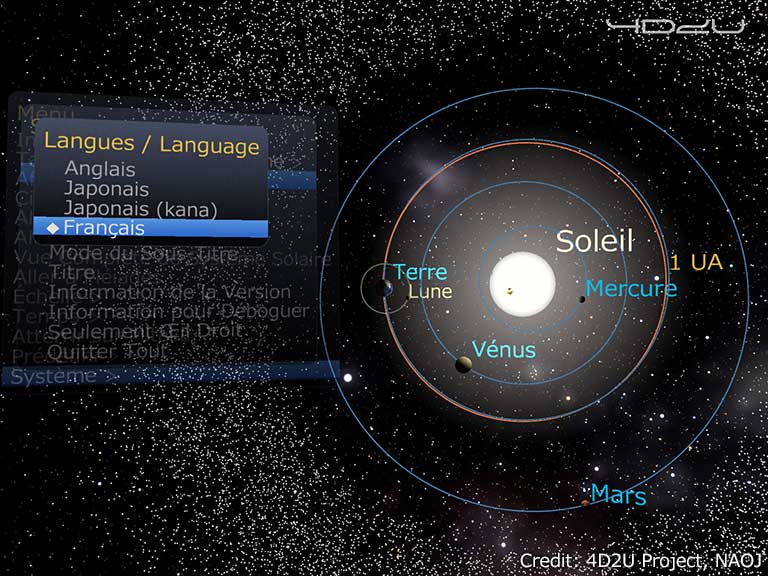From a June 29, 2018 ArtSci Salon notice (received via email),
July 4 – 22 | Out Of This World | Juried Group Exhibition
“ Space… is big. Really big. You just won’t believe how vastly, hugely, mindbogglingly big it is. I mean, you may think it’s a long way down the road to the chemist’s, but that’s just peanuts to space.”
– DOUGLAS ADAMS: THE HITCHHIKER’S GUIDE TO THE GALAXY (1979)
July 4 – 22 | Out of this World | Juried Group Exhibition
Opening Reception: Thurs. July 5th, 7 – 10 pm. (with telescopes! weather permitting… and astronomically-themed music from the 17th and 18th centuries)2018 marks a century-and-a-half of the Royal Astronomical Society of Canada’s (RASC) promotion of astronomy and allied sciences in Canada. From early on, the RASC has encouraged exploring the connections of astronomy with other areas of culture, an interest which continues to the present. Propeller Gallery has partnered with the RASC to present an exhibition celebrating their sesquicentennial.
Astronomy, with its highly evocative imagery, and mindboggling and mindbending ideas about our Universe, provides artists with richly visual and deeply conceptual inspiration. Out of This World features a diverse array of work inspired by the cosmos, ranging from the visualization of astronomical data to textiles, video and installation. A select number of works from the archives of the RASC are also presented.
Participating Artists: Michael Black | Linda-Marlena Bucholtz Ross | David Cumming | Chris Domanski | Trinley Dorje | Dan Falk | Maya Foltyn | Peter Friedrichsen | Susan Gaby-Trotz | Aryan Ghaemmaghami | David Griffin | Xianda Guo, Charlotte Mueller, Sinead Lynch, Ramona Fluck, Christoph Blapp & Jayanne English | Diana Hamer | Chris Harms | Angela Julian | Adam Kolodziej | Irena IRiKO Kolodziej | Nancy Lalicon | Michelle Letarte | Shannon Leigh | Elizabeth Lopez | Trevor McKinven | France McNeil | John Ming Mark | Giuseppe Morano | Sarah Moreau | Joseph Muscat | Pria Muzumdar | Neeko Paluzzi | Frances Patella | Donna Wells | Donna Wise | plus archival work from the Royal Astronomical Society of Canada
Curatorial Team: Robin Kingsburgh, Tony Saad, David Griffin, Randall Rosenfeld
Panel discussion: Understanding Astronomical Images, Saturday July 14, 1:30-3pm
Artist Talks and Star Party in Lisgar Park: Saturday July 21, 7pm+ (Join us in the gallery at 7pm for informal talks by artists about their work. Follow us outside to Lisgar Park across the street when it gets dark – where members of the RASC and York University will set up telescopes.)
As for exactly where the show, panel discussions, and artist talks are taking place,
Propeller Gallery
30 Abell Street, Toronto, ON M6J 0A9
416-504-7142
Happy star gazing!

